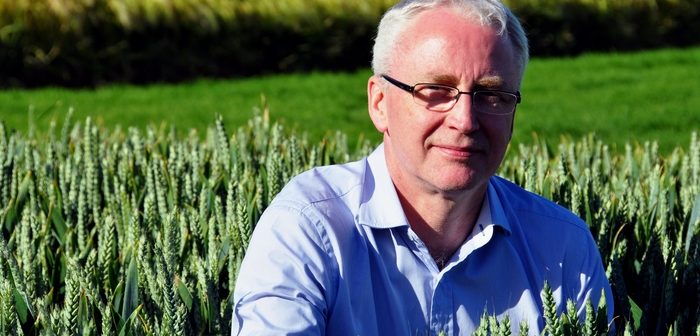News that Vivergo, the Hull-based ethanol producer, will close permanently at the end of the month is distressing, but it holds lessons for us all. At roughly 1.1 million tonnes of wheat annually, it was an important customer of UK agriculture and played a vital role in supporting the domestic price of feed wheat. Spot prices in the region fell immediately on the news, closing £5-7/tonne down on the day.
The uncomfortable lesson of this sorry situation is, however, that as markets change variety choice becomes the first means of risk management.
“At roughly 8% of UK wheat production, Vivergo played a pivotal role in supporting the livelihoods of arable farmers, principally those across the north-east, but also further afield. The impact of its closure will be felt for several years,” says Andrew Newby, KWS UK managing director.
Central to how farmer’s recover from this loss of market will be variety choice, says Mr Newby, as what is sown this autumn will largely determine income levels next year when it will likely be sold. He believes the loss of such a big domestic consumer should encourage all those in the grain trade to re-evaluate the variety advice given to farmers.
“The loss of Vivergo should serve to encourage everyone from the grain trade to farmer groups and farmers themselves, to re-evaluate how we approach end-use markets. Over the past few years the UK has produced more of the type of wheat our domestic and export markets demand, but I fear that we are heading back to the days of wall-to-wall feed wheat for which there is static domestic demand and little export demand and, consequently, little value,” explains Mr Newby.
“While our future trading relationship with Europe is still undecided, we cannot afford to overlook the importance of exports since the UK still produces a significant exportable surplus. Low protein (c. 11.5%) quality wheats of the Group 2 sector and the biscuit wheats of the Group 3 category that hold the greatest appeal to foreign buyers, because they’re either a straight fit with their systems (Group 2 wheats) or because they cannot be found elsewhere (Group 3 wheats). These types represent the lowest market risk of all wheats,” he adds.
While varieties from these market groups hold the greatest appeal to exporters, the introduction of new types with high yield potential over the past few years means they are as competitive with feed wheats (for yield).
“The beauty of varieties such as KWS Siskin and KWS Barrel is that they yield close to that of KWS Kerrin so while they may be quality wheats, even if they are grown as feed the gross margin is largely the same. But crucially, as quality wheats they will attract a price premium over feed meaning the financial returns are often better,” says Mr Newby.
“Markets can and do change and growers need to think dynamically about variety choice if they are to retain options in the future. Having a variety that fits more than one outlet will be instrumental to farm incomes in the years after Brexit so now is a good time to start considering variety choice based on what markets they offer,” he says.




